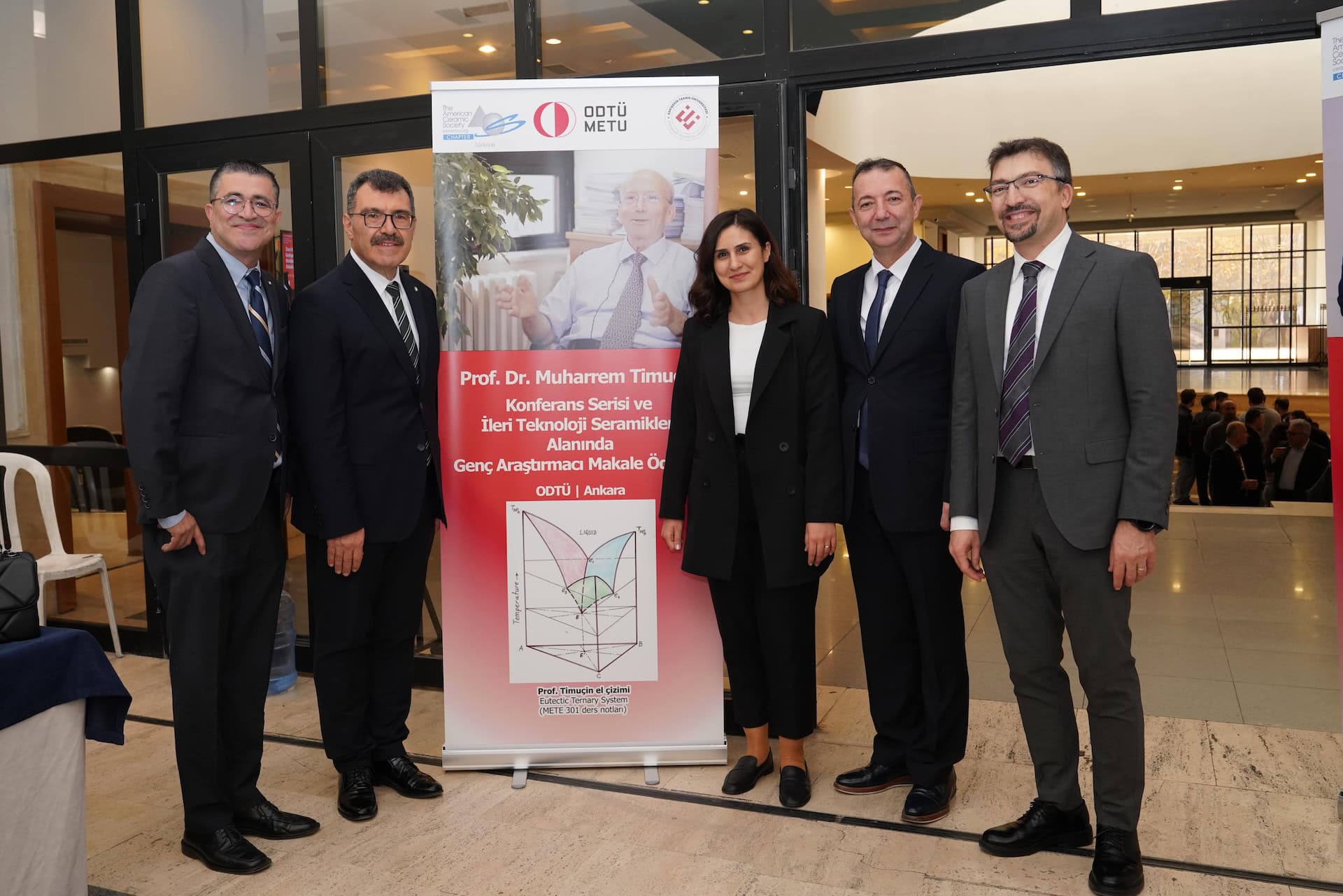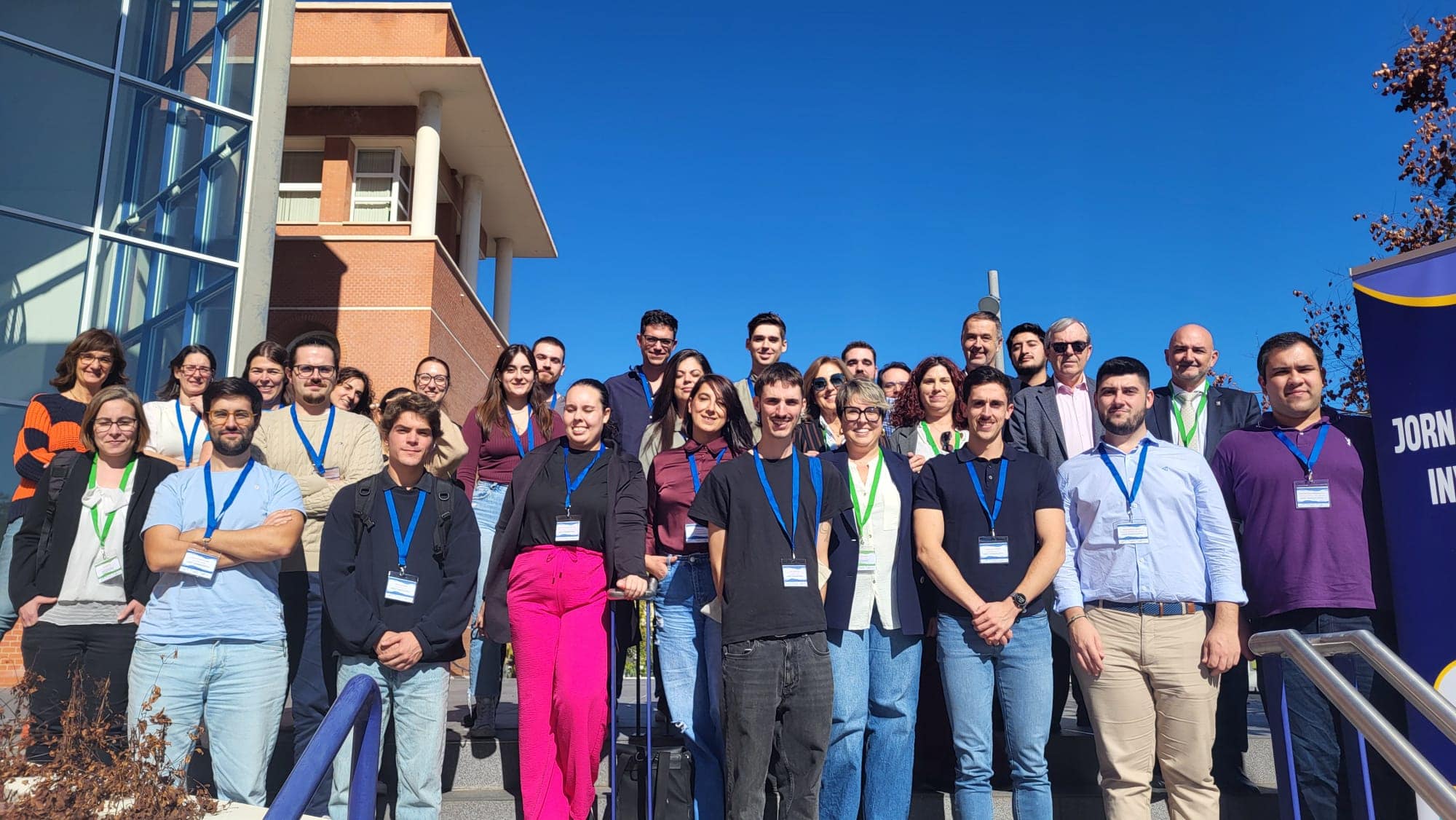 Following last year’s successful Pacific Rim Engineering Ceramics Summit, The ACerS Engineering Ceramics Division has organized a transatlantic European Union-USA Ceramics Summit for the upcoming 36th International Conference on Advanced Ceramics and Composites (36th ICACC), Jan. 22-27, 2012 in Daytona Beach, Florida.
Following last year’s successful Pacific Rim Engineering Ceramics Summit, The ACerS Engineering Ceramics Division has organized a transatlantic European Union-USA Ceramics Summit for the upcoming 36th International Conference on Advanced Ceramics and Composites (36th ICACC), Jan. 22-27, 2012 in Daytona Beach, Florida.
According to organizers of the summit, there has been major progress in the R&D and commercialization of engineered ceramics over the last 50 years in Europe and the US. Seminal contributions have led to the engineering of ceramics with multifunctional properties and broad applications in energy, aerospace, healthcare, communication, infrastructure, transportation, environmental, and other industries. As a result, the living standards and quality of life have been raised for people worldwide.
The goal of the EU-USA Summit is to provide a forum for the information exchange on current status and emerging trends in innovative ceramic technologies and to identify strategic elements and new materials technology pathways for a sustainable future.
The session runs Monday afternoon and all day Tuesday (Jan. 23-24) in Coquina Salon F (Hilton). Two of the 25 presentations from this Summit are highlighted below.
“Innovations in bioactive ceramics and glasses for tissue engineering, drug delivery and regenerative medicine”
Speaker, Aldo Boccaccini, University of Erlangen-Nuremberg, Germany
Abstract: Beyond the well-established and expanding applications of bioceramics in medicine, e.g. as permanent implants and bioactive coatings, there is increasing interest in developing bioactive ceramics and glasses and their composites with biodegradable polymers, for applications in the fields of tissue engineering and drug delivery. Specific innovations involving the design and fabrication of multifunctional scaffolds that combine a variety of biodegradable polymers, signaling molecules, therapeutic drugs and bioactive ceramics will be presented. In this context, significant efforts are being devoted to investigating the effect of the dissolution products of bioactive glasses, both silicate and phosphate glasses, on cellular response, which includes understanding the effect of specific metallic ions (bioinorganics) on osteogenesis and angiogenesis during bone formation, both in vitro and in vivo. In addition, gaining further understanding of the antibacterial effect of specific ions released from bioactive glasses for combating infections more effectively is of particular interest. Specific research areas attracting large research efforts will be presented and promising avenues for future research activities will be discussed, highlighting the current needs and challenges for improving the overall performance of bioactive ceramics in tissue engineering and drug delivery.
“New ceramic membranes for energy- and environmental applications”
Speaker: Alexander Michaelis, Fraunhofer Institute for Ceramic Technologies and Systems IKTS, Germany
Abstract: Ceramic membranes are well established for micro-, ultra- or nano- filtration applications such as waste water purification. Further innovations require an improved control and reduction of pore size. This allows for new applications in gas separation and pervaporation systems. For this, pores sizes below 1 nm have to be generated using specific structural features of selected materials. Several new methods for preparation of such membranes are presented. In a first example we use the well know crystallographic cage structure of zeolites. Employing a new hydrothermal route allows for synthesis of dense zeolite films on porous substrates. It is shown that these membranes can be used for dewatering of bioethanol. In a further example we use carbon layers with well-defined lattice distances of 0.35 nm as a membrane for separation of hydrogen from gas mixtures. By further chemical modification of these carbon layers a well-designed adsorption selective behavior can be achieved as is demonstrated with membranes for purification of biogas. As a last example we present perovskite materials showing mixed conducting behavior. Due to an oxygen vacancy structure in the crystal lattice these materials can be used to generate oxygen which in turn can be used to improve the efficiency of combustion processes. Besides an improved energy balance in the combustion process this leads to reduction of CO2 emissions.
Author
Eileen De Guire
Spotlight Categories
- Meeting Highlights
Divisions
- Engineering Ceramics


